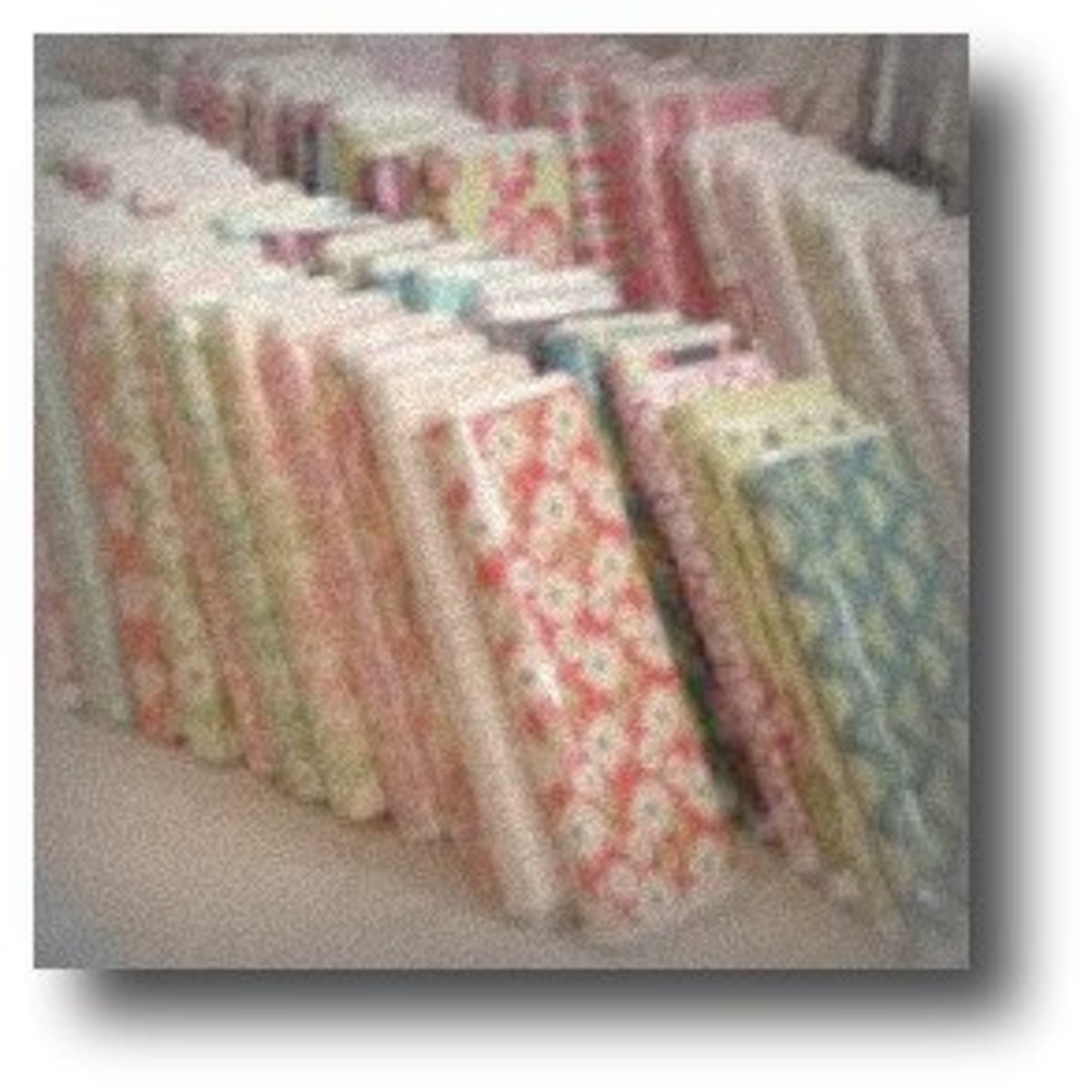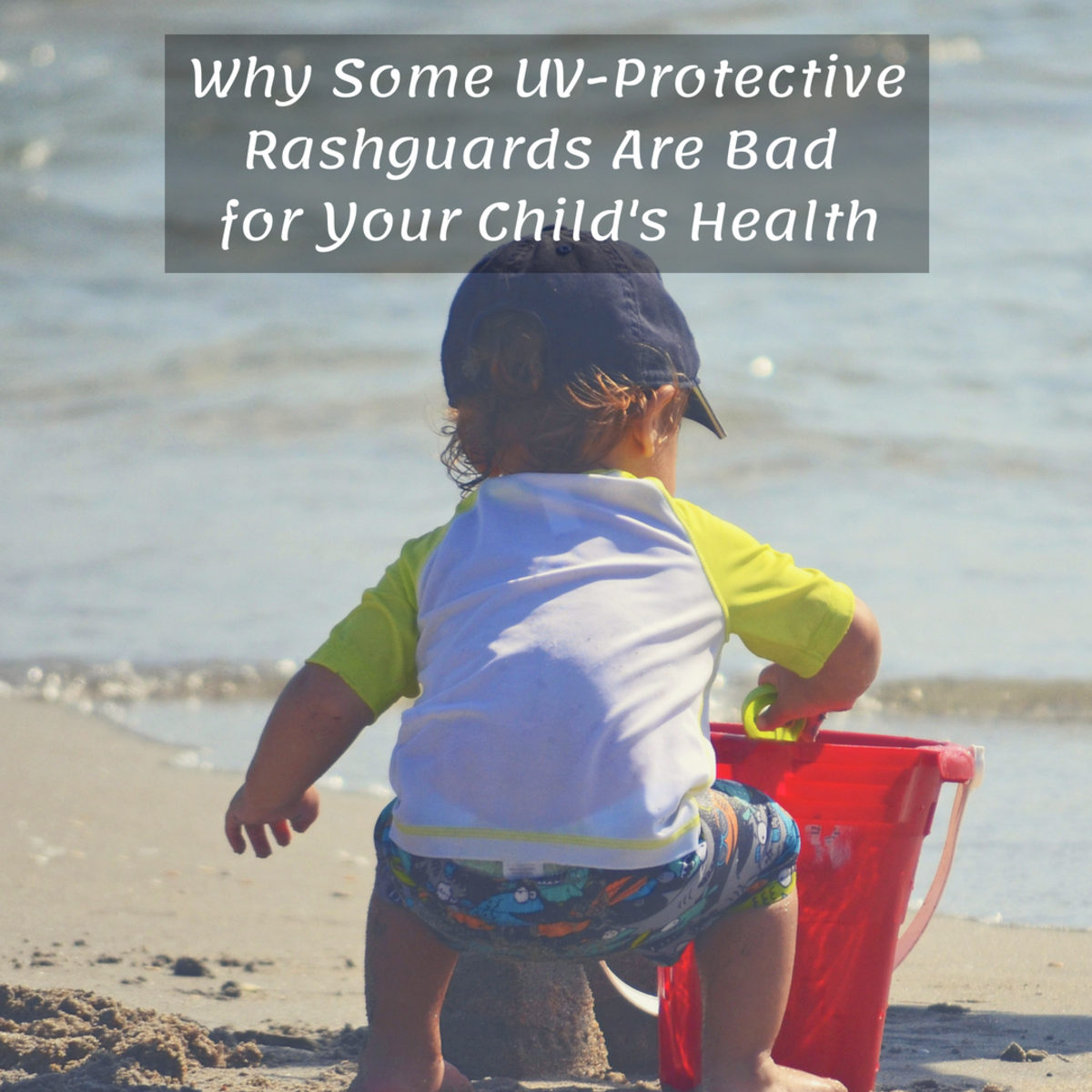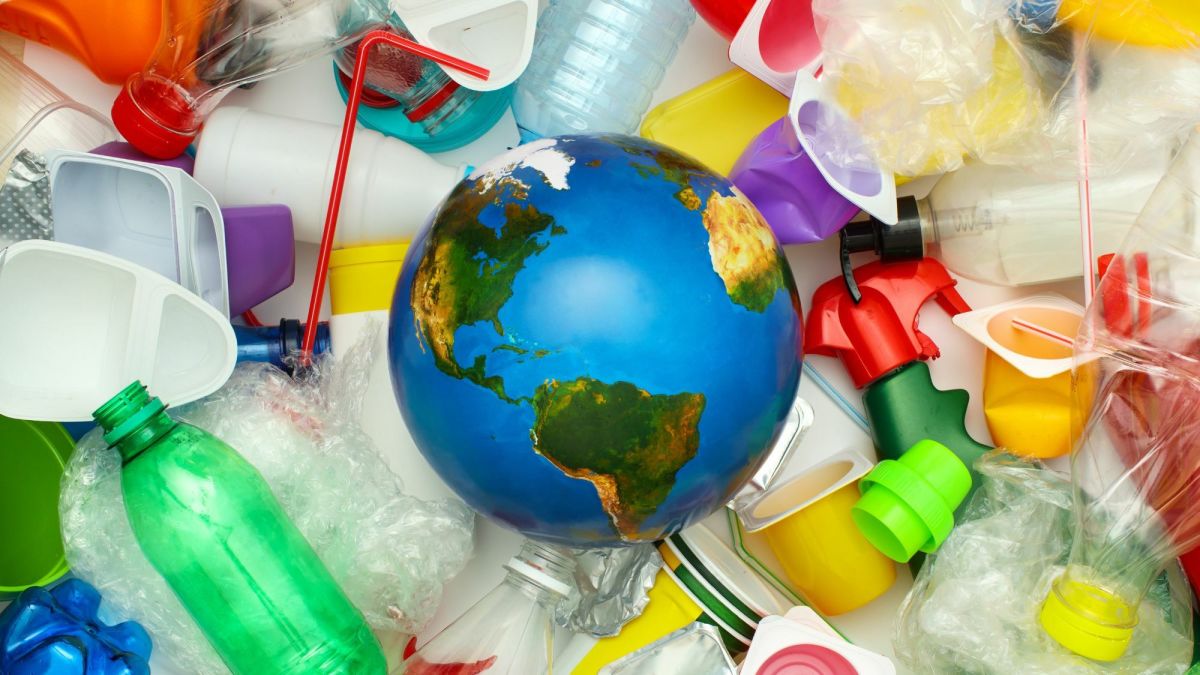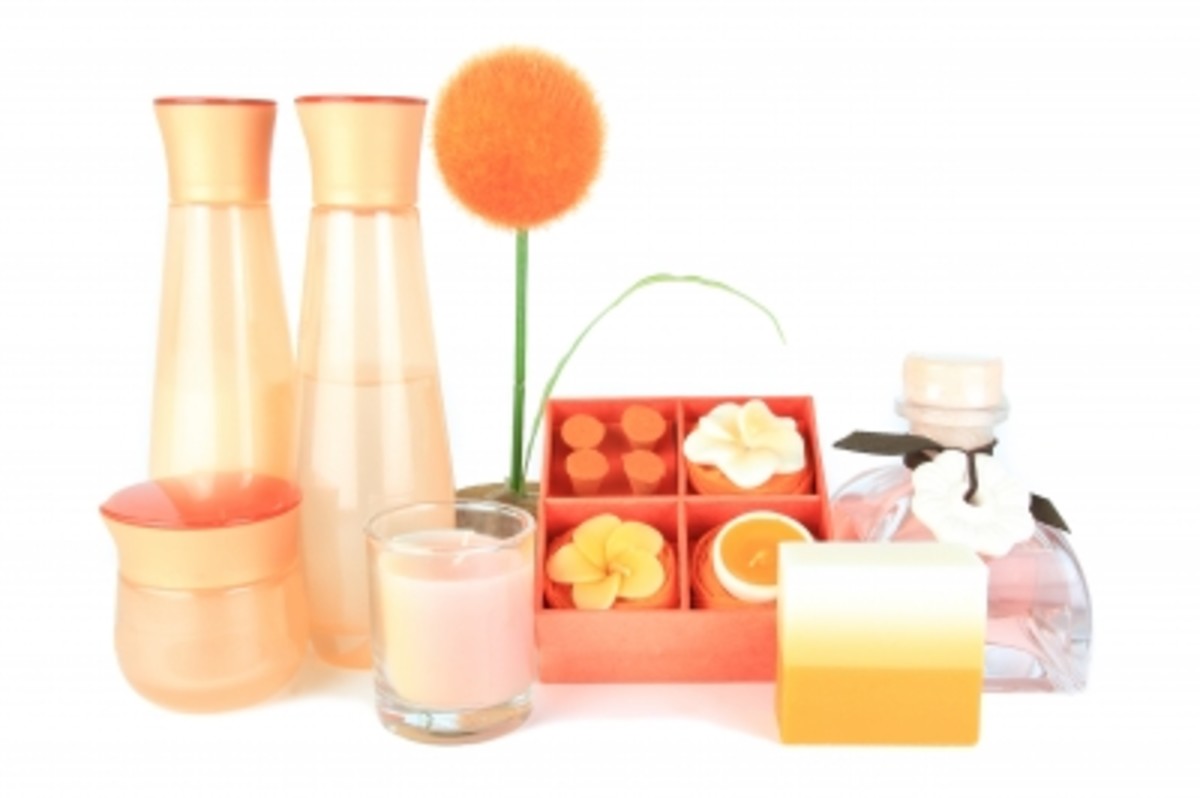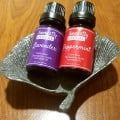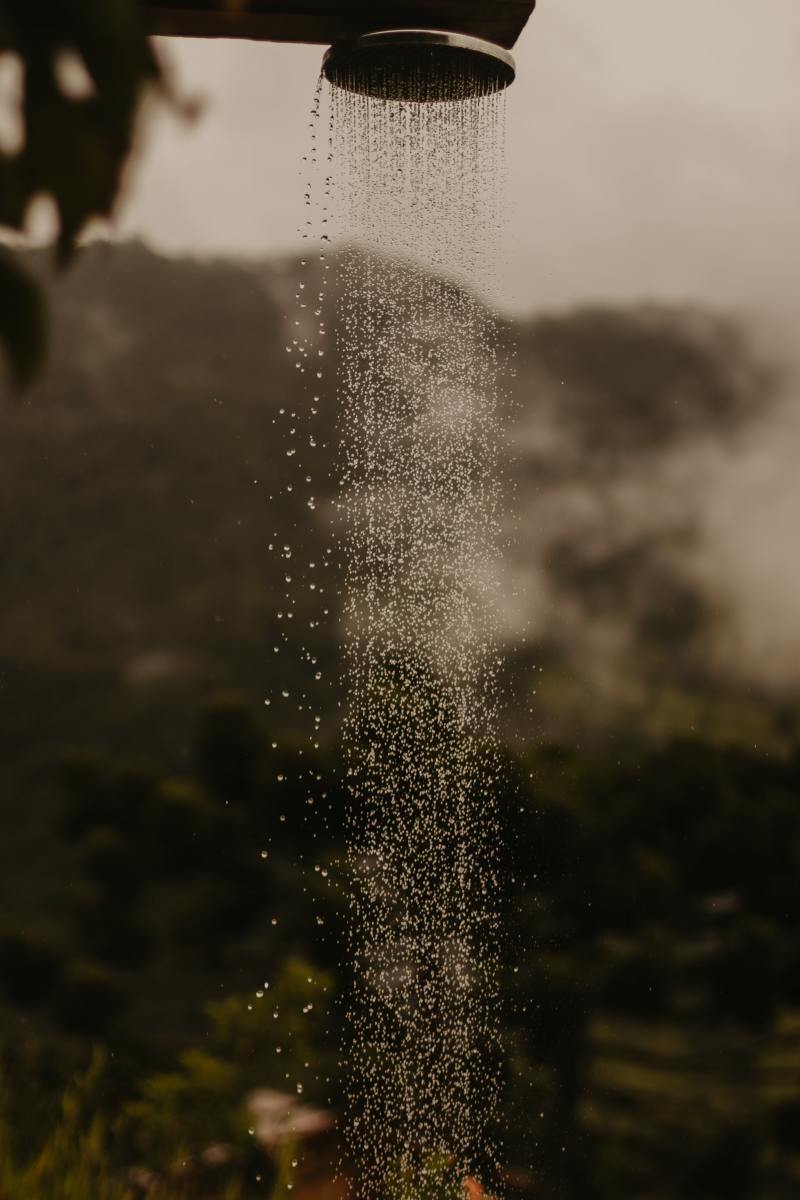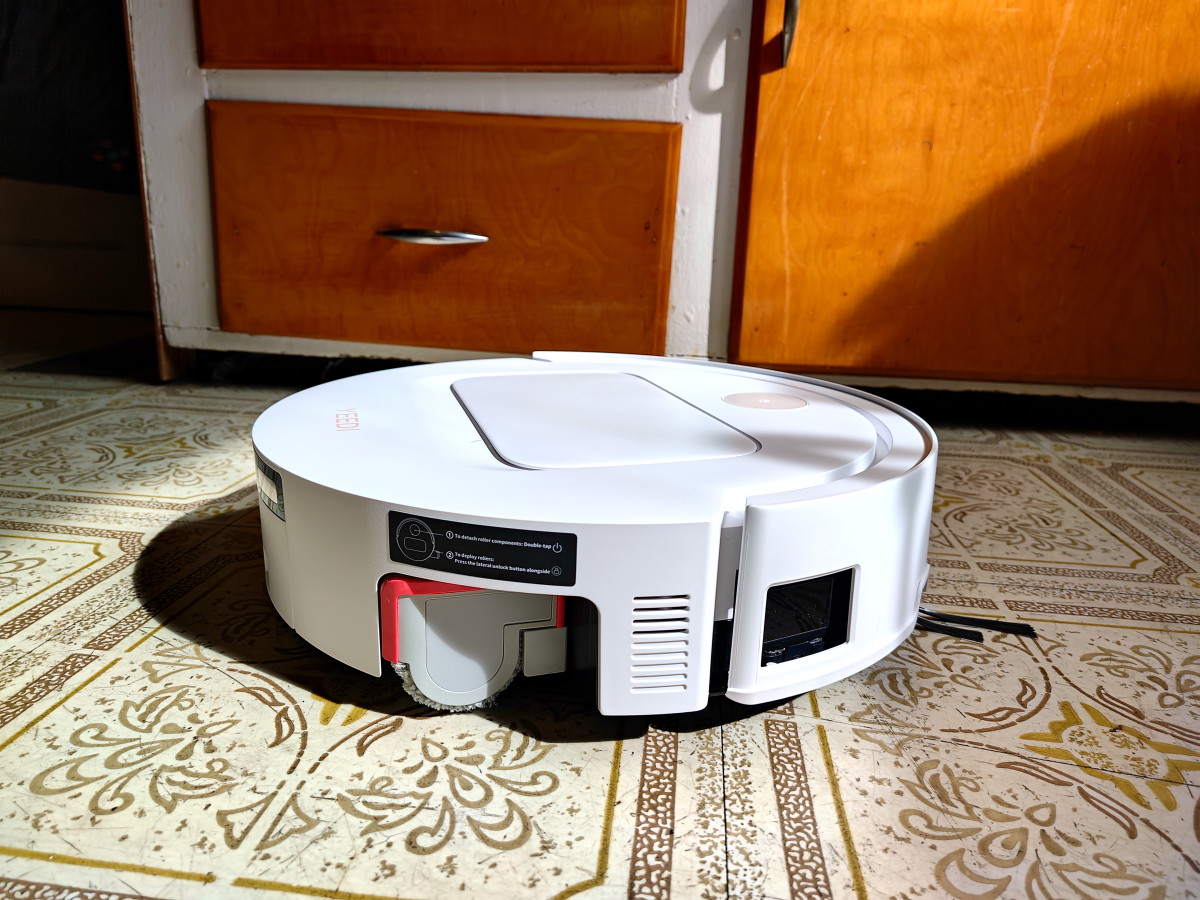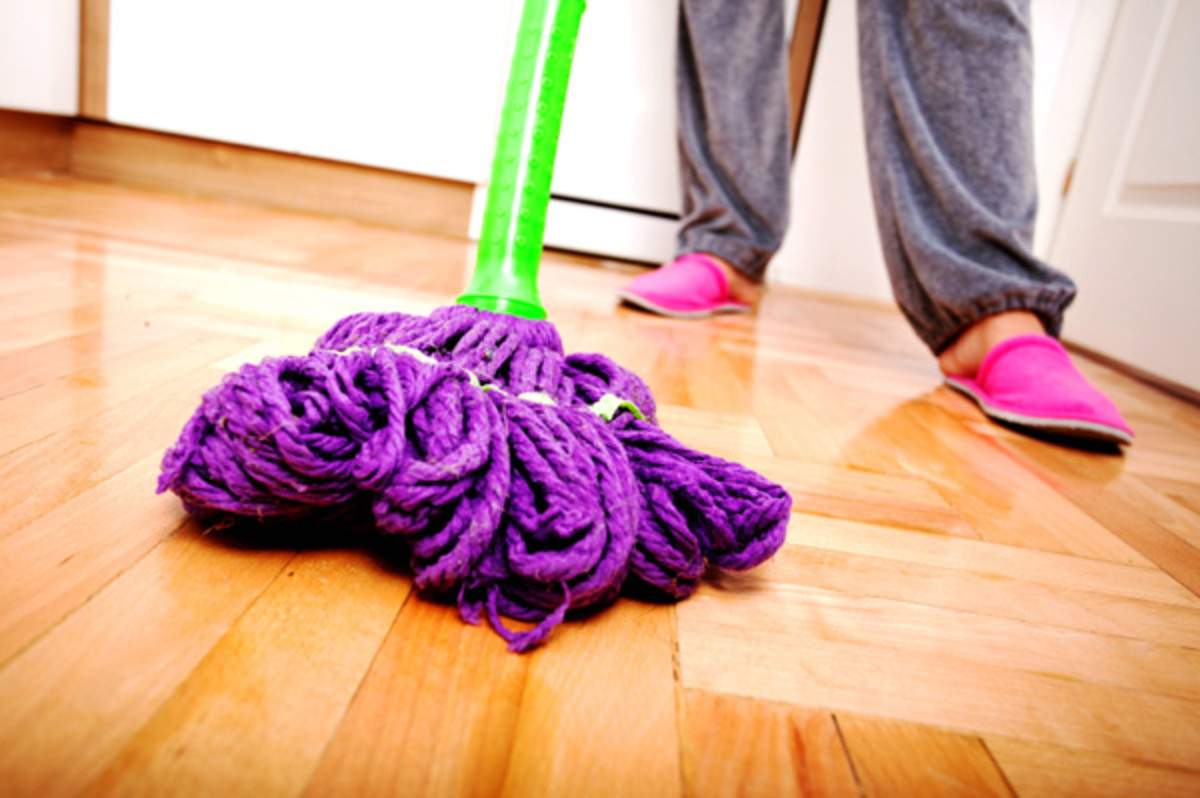How to Use a Multi Purpose Spill Kit
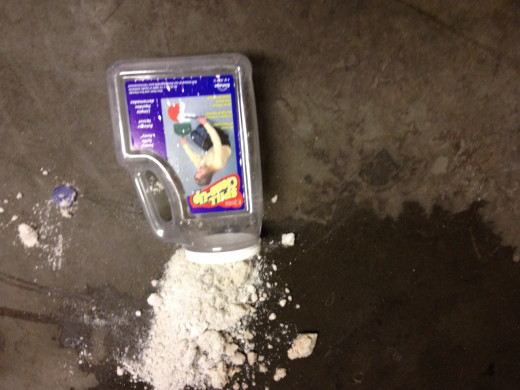
The cleaning industry has been trying to leave the dreaded 'mop & bucket' for so many years now - it shows in the types of advertisements that they are trying to promote on TV. It's no secret that the mop and bucket has had it's time in history, but because of the disadvantages associated with a mop and bucket clean-up, it's time we moved on. so that there is no need for a mop and bucket (which will spread more dangerous liquids over a larger space, take time for it to dry, and in all that time remain a hazard for trip/slip injuries
There are several types of spill kits available for different types of spills. They generally operate the same way; they usually contain a highly absorbent material similar to sawdust, or a thickened white powdery agent that sops up spills of all kinds and turns any liquid into a solid - even if the liquid is jell, detergent, syrup, etc. The absorbent powder literally turns the liquid mess into a solid mess. Clean up then turns into a broom and dustpan, instead of a mop and bucket..
Spill kits make spills more manageable, safer to clean and easier to keep clean in areas with heavy foot traffic like shopping malls, hospitals and special events. It also alleviates the need for water, mop and buckets, detergents, etc.
In this article, we'll cover the following topics concerning spill kits:
- Spill Response Kits
- Spill Kit Contents
- Spill Kit Requirements
- Chemical Spill Kit Requirements
- Hazmat Spill Kit Requirements
- OSHA Spill Kit Requirements
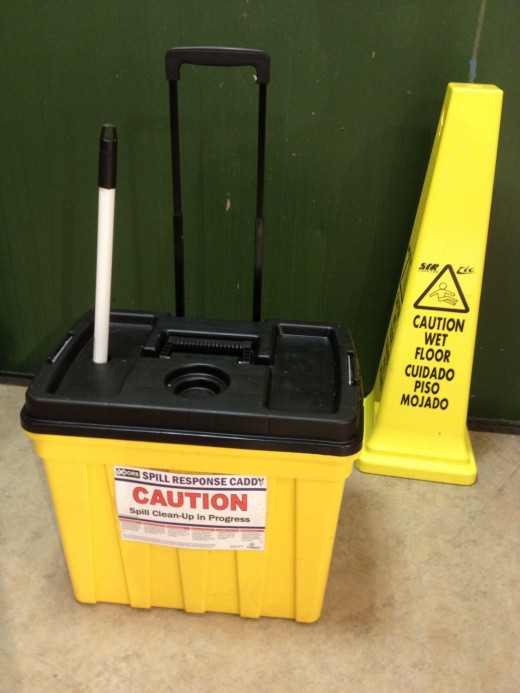
Non-Toxic Spill Clean-up
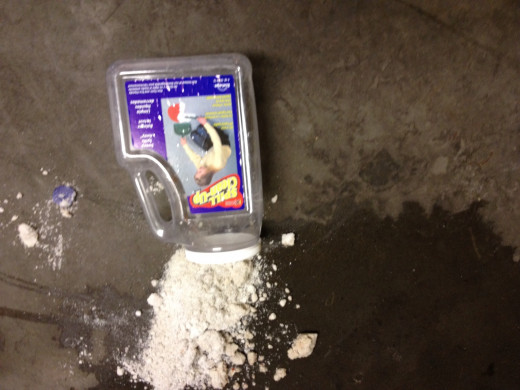
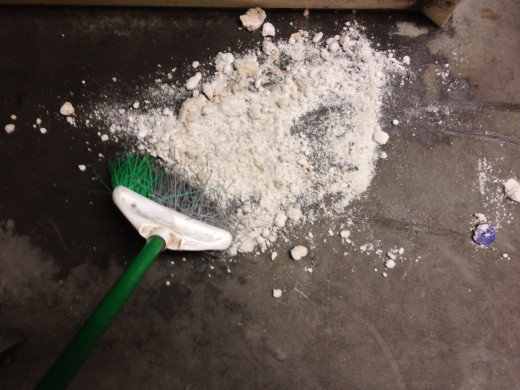
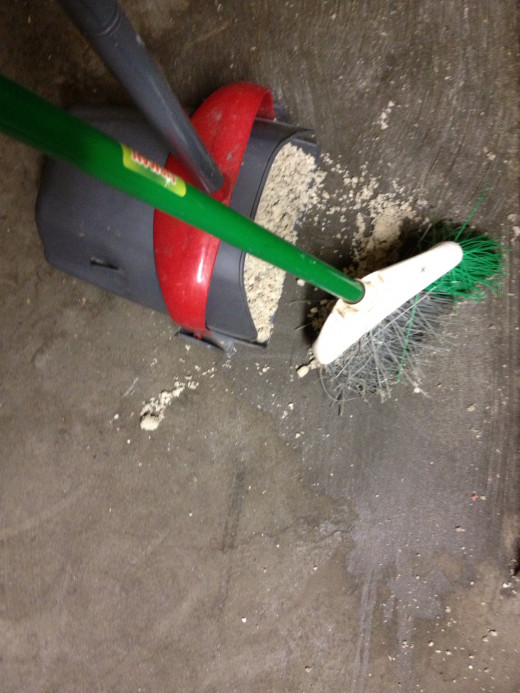
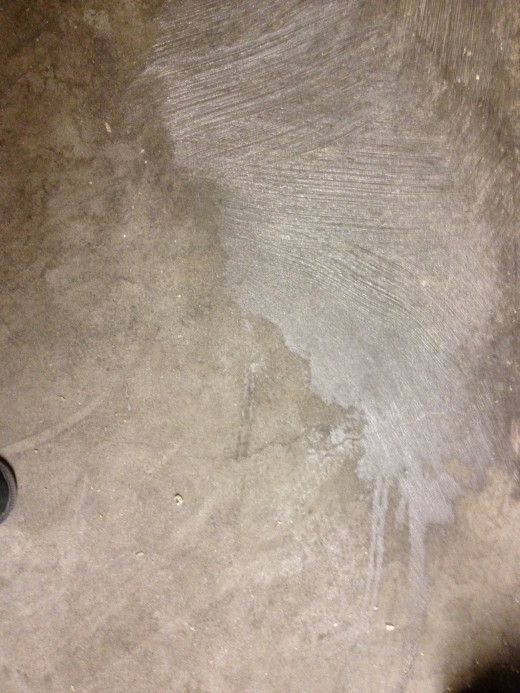
Spill Response Kits
Ideally, the spill response kit should be easily accessible, extremely mobile, and filled with the right items to tackle the spill that it is intended for. In earlier years, we were left with three options, sweep it up, mop it up, or cover it up.
I remember many years ago trying to clean up a few gallons of paint tints when a tinting machine toppled to the floor. It was water based tints, so, the answer was mop and bucket right? Wrong. As soon as the water hit the tints, they exploded into swirls of magenta, umber, violet and other strong and vibrant colors that would normally take a fraction of an ounce to completely change a 5 gallon bucket of paint. The floors never saw their original color again (and neither did we), and the spot grew from just a two foot circle, to a 15' span. The mop was thrown away, the bucket scarred with the event, and so many gallons of tinted water poured out the back door.
Years later when the first super absorbent material hit the market, we invested in a few hundred pounds of it. It sat on the shelf for almost a year, until a pallet of five gallon paints tipped in the front parking lot that was fronted by a busy street. I remembered the bags of absorbent sitting in the store, and told my guys to put the sawdust down and go get the absorbent material - it was as if they were waiting for the rim-shot and punch line. But it worked, within 15 minutes, the road was spotless, except for a few spots of white where the latex paint had already dried.
Today, there are much easier and more efficient ways to clean up spills of every type. They are safer to our bodies, and healthier for our environment. The purpose of a good response kit, it that you don't need anything else to handle the spill. Everything you need is in the kit, and no need to waste precious time going back to the janitor closet for something else. Today, when a spill occurs, it is the responsibility of the establishment to have the dangerous spill contained and cleaned up within a reasonable time. Eliminating slips and trips from employees or the public is a priority for every business or property owner.
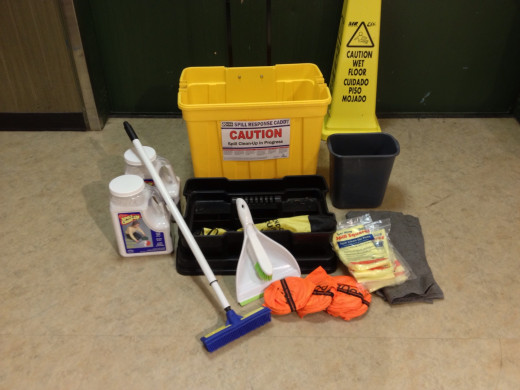
Spill Kit Requirements
There are mandates that every business has to follow concerning the types of chemicals that they have on hand, and procedures for clean-up, storage and disposal. Therefore, spill kits should be tailored to the type of spills that you normally have, and the kind of chemical or other materials that you have. If you don't have hazard materials (hazmat), or chemicals on hand, than you don't need a complicated kit to handle anymore than common household spills. However if you need to cover a warehouse filled with different types of chemicals, you need to be armed with spill kits that can handle those types of spills.
You should be familiar with what your state or city allows as far as waste material going down the drain, storm drain, or seeping into the ground. In most states, you cannot let more than 10 gallons of any material except gray water go down the drains at one time. So if you have a huge spill of milk, you have to have the means of preventing this from hitting the drains. For most states, it is illegal for any liquid other than gray water to enter the storm drain systems, and for some states, even that is illegal. Storm drains lead to rivers, and rivers to oceans, even gray water affects the eco-system.
There are limitations to spill kits. In the event of a massive spill of any type of material other than water, you need to inform the authorities to get help to you as quickly as possible to contain any further damage to the environment, or to others.
Have you ever been involved in, or affected by a chemical spill?
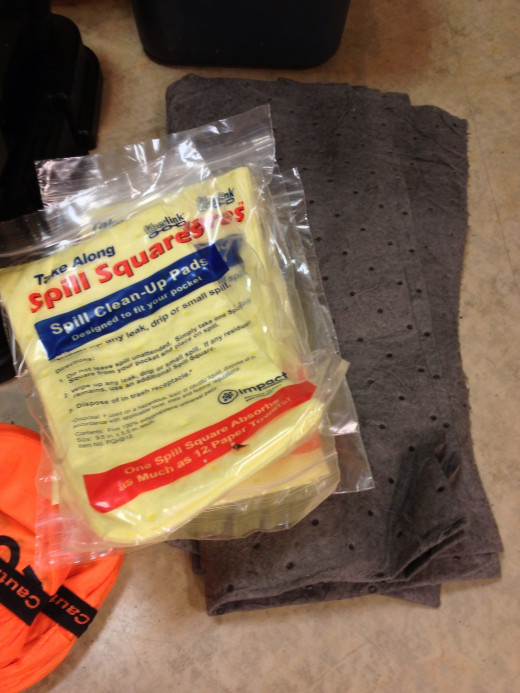
Spill Kit Contents
The photo above shows a very basic and standard spill kit. It is intended for non-caustic, non-solvent and very mild chemicals like cleaning detergents, and other food sources. Other types of spill kits can handle most types of chemicals and dangerous materials and will have similar procedures.
In a basic spill pictured above, you will find the following items:
- Absorbent material
- Absorbent sheets
- Broom and dustpan
- Container to hold any debris cleaned up from spill
- Floor caution markers
Chemical Spill Kits
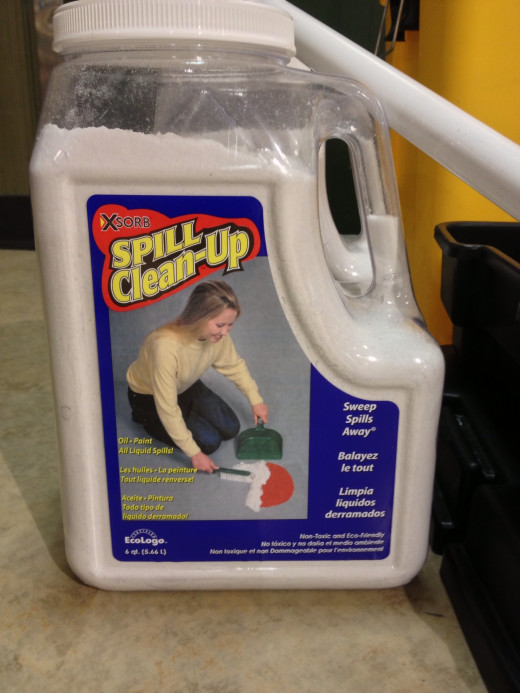
Chemical Spill Kit Requirements
Spill kits that are designed for chemicals are very specific for the type of clean up. For most chemical spills, you need to have access to Material Safety Data Sheets (MSDS) that will let you know what you need to safely and effectively clean a chemical spill.
Training should be given to individuals that will need to clean-up any chemical spill. Training on how to look up the product in a MSDS book, effective use on Personal Protective Equipment (PPEs), and safe procedures in handling the clean-up.
With chemicals, you have to work with MSDS sheets, so if a spill occurs, safely and quickly contain the spill, leave someone in the area that can block the area from traffic while someone researches the MSDS book for the correct response for clean-up. Using the correct items to counter-act chemical reaction, a chemical then becomes neutral, and clean-up procedures can start.
All waste materials from the chemical clean-up should be contained along with any disposable items that was used for the initial clean-up. Follow procedures for waste disposal.


